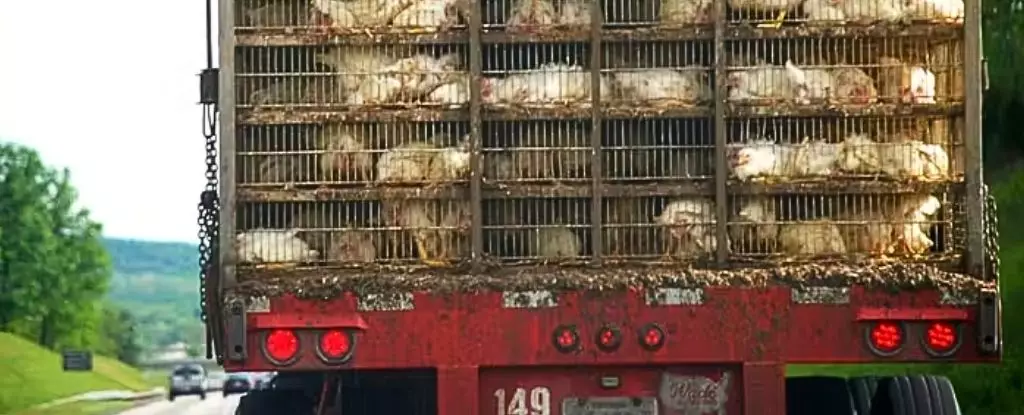Predicting the rise of infectious diseases may feel akin to forecasting the weather: while we can’t anticipate every storm or outbreak in their entirety, we can identify risk patterns and prepare ourselves accordingly. Among the most pressing threats on the horizon is the H5N1 subtype of avian influenza. The ongoing outbreaks among animals serve as a stark reminder of our precarious position in the face of evolving pathogens. With over 900 cases documented since 2003 and a mortality rate alarmingly higher than that of previous pandemics, the specter of H5N1 looms large. Should this virus transition from rare human infections to widespread transmission, it could unleash a crisis of unparalleled proportions.
The history of infectious diseases suggests that human behavior has cemented our role as co-authors in the evolutionary story of pathogens. In our recent publication, “Emerging Infections: Three Epidemiological Transitions from Prehistory to the Present,” my colleagues and I examine how our choices—from agriculture to land use—have influenced the rise of these infections over thousands of years. The evolution of H5N1 clearly reflects these anthropogenic narratives, revealing an urgent need for a collective response to a burgeoning crisis.
The Process of Spillover: A Delicate Genetic Dance
At the core of many emerging viruses lies the concept of “spillover,” a complex process through which pathogens jump from one species to another. For H5N1, this transition is intricately linked to its capacity to evolve and adapt to new hosts. The molecular keys that allow a virus to breach the defenses of one species might falter when faced with another, such as humans. The uniqueness of genetic material across species becomes both a barrier and a battleground, where viruses must adapt through random mutations.
However, observing this spillover is a double-edged sword. While we understand the evolutionary hurdles that H5N1 must clear, sporadic human cases signal a potential for greater threats ahead. Recent outbreaks have been primarily confined to those interacting closely with infected animals, such as poultry workers. This troubling trend could indicate the beginnings of what epidemiologists term “viral chatter”—a murmur that could escalate into a full-blown pandemic.
The Ominous Future: An Interconnected Risk
In an age where avian influenza is known to have invaded an astonishing 450 species, the concern escalates. The rapid evolution of influenza viruses—including gene-swapping scenarios when multiple strains infect the same host—points to a looming crisis. Our world is interconnected, and health issues in one region can spiral out, affecting global wellness. This emphasizes the critical necessity for vigilance: periods of silence from this viral chatter should not be mistaken for safety.
Beyond the science of disease emergence, a vital societal response is warranted. Immediate action is crucial. This means reevaluating how we treat food animals, for example. Our agricultural practices, heavily reliant on large-scale poultry farming, have become breeding grounds for infections. If we trace H5N1 outbreaks back to these concentrated environments, it becomes clear that reform is essential for risk mitigation.
Steps Toward Prevention: A Collective Responsibility
Governments and societies must take proactive measures to address the avian influenza threat. A robust public health infrastructure is critical, and individual behaviors also play a key role. Routine vaccination against seasonal influenza provides more than just personal protection; it contributes to a broader defense against recombination that can lead to lethal strains like H5N1 developing human-to-human transmission capabilities. Thus, while vaccination may seem a personal choice, its ramifications echo through the wider community.
Furthermore, as we aim to disrupt the evolutionary course of H5N1, a holistic approach to improving nutrition and sanitation in disadvantaged communities must be prioritized. Historical experiences have shown improved overall health can lead to heightened resistance against infections, ensuring a more robust global response. With global interconnectivity, failing to address health disparities anywhere inevitably reverberates throughout the world.
Fostering societal collaboration is paramount. Collective action can emerge as a transformative force against the evolution of avian influenza. Public health policies, sustainable agricultural practices, and community education are not merely options—they should be seen as non-negotiable imperatives in the fight against infectious diseases.
The trajectory of infectious diseases is malleable, defined by our actions just as much as by biology. The time for deliberation has passed; a call for immediate action resonates louder than ever in the face of H5N1’s potential ominous evolution. By reshaping our path, we possess the power to change the narrative in our favor—if only we act resolutely and collectively.


Leave a Reply